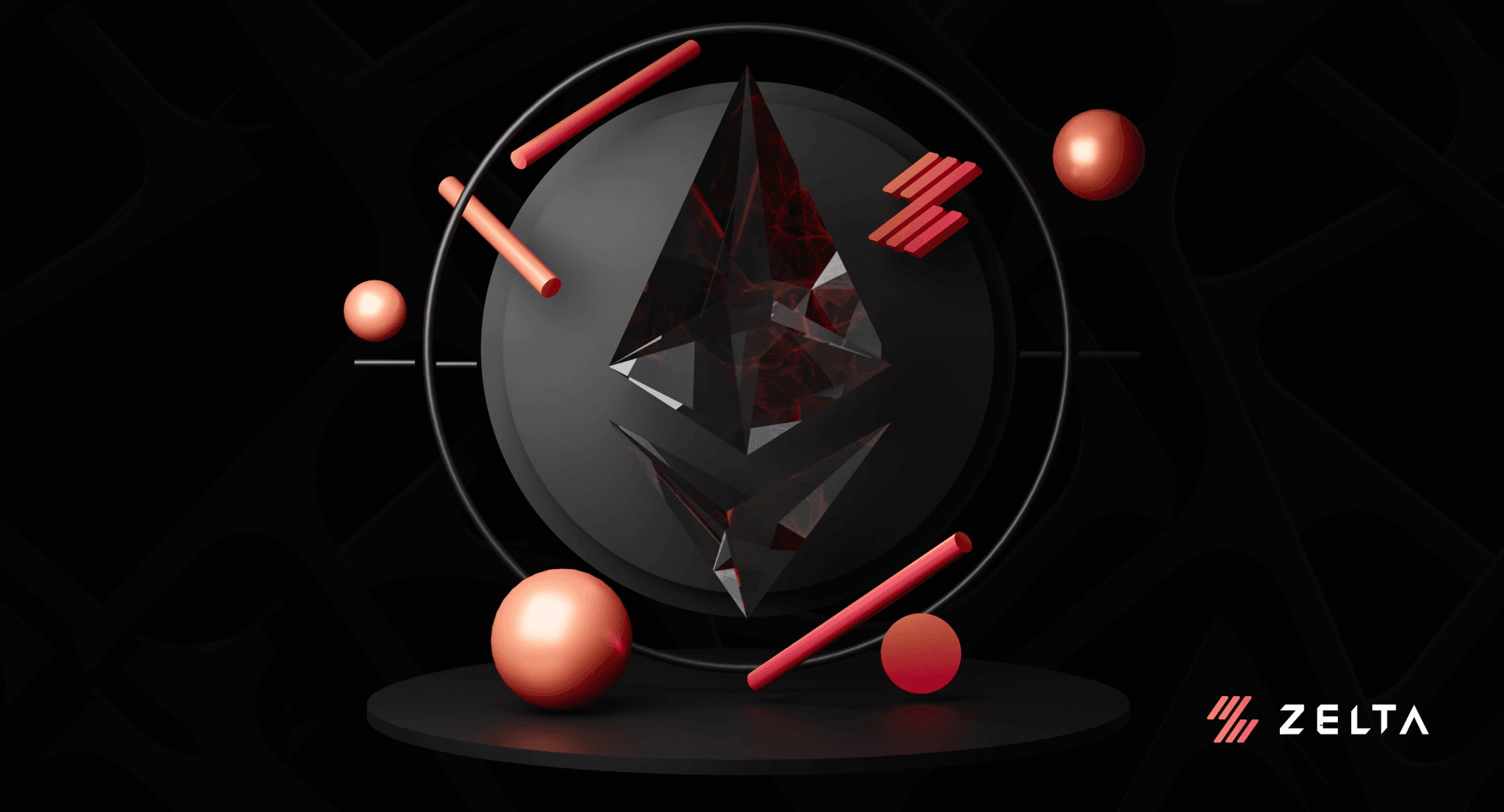

What are Rollups in Crypto?
The Ethereum Blockchain Network was very popular yet it faced major backlash because of its low transaction speed and high gas fees. If you wanted to conduct a DeFi trade, the Ethereum blockchain network forced you to pay at least $25 or more in gas costs for a single transaction.
Rollups in blockchain combine several transactions into a single piece of data and upload it to the Ethereum main net. The transactions are removed from the Ethereum mainnet, processed off-chain, combined into a single piece of data, and then sent again.

Rollups are thus, often also known as "off-chain scaling solutions" for this reason. Rollups conduct transactions on a different, quicker blockchain and then inexpensively transmit the transaction data back to the original network. As a result, users can enjoy rollup's speed and affordability as well as the larger blockchain's security.
Types of Rollups:
Rollups come in two primary categories:
1: Optimistic Rollups
2: Zero-Knowledge Rollups (ZK rollups).
Both have the advantage of greatly reducing transaction costs. The concept is that hundreds of transactions would be recorded on the layer 2 chain, then "rolled up" into a single transaction that would then be pushed back to the slower, more expensive blockchain instead of waiting and paying for each transaction to be completed separately on Ethereum network. By doing this, several people share the expense of that one transaction.
Since you now know how do zk rollups work and how do Optimistic rollups work, Let’s see what separates them
(Click Here To Know About The Different Layers of a Blockchain!)
Optimistic Rollups:
A layer 2 scaling mechanism known as an optimistic rollup is essentially designed to increase the throughput of Ethereum's base layer. Optimistic rollups function by minimising the transaction time on the primary Ethereum network.

Optimistic rollups allow all users on the network to challenge erroneous transactions for a certain period of time, often one week. The Optimistic rollup has the advantage of being rapid since it saves the network time by making the assumption that everything is right.
In terms of scalability, optimistic rollups can produce 10 to 100 times better outcomes than traditional transaction methods. Is that everything there is to know about optimistic rollups? The strategy supporting an optimistic rollup for scaling Ethereum must be understood.
An optimistic rollup's fundamental operations rely on shifting state computation and storage from the main net. In other words, a thorough explanation of the operation would highlight solely transferring transactions outside of Ethereum.
Zero-Knowledge Rollups:
A Zero-Knowledge rollup or a ZK-rollup, is the second type of rollup. These protocols employ a difficult cryptographic technique known as a Zero-Knowledge proof to establish the validity of a transaction using just the barest of transactional details.

It is stylish, protects privacy, and most importantly, is quick and affordable. ZK-rollups enable users to withdraw their cash with less of a wait than an Optimistic rollup, which necessitates funds to remain on the platform until the dispute settlement time has ended.
In order to grow the Ethereum main net, ZK rollups compute and store data off-chain. An off-chain protocol called ZK-rollups chain is based on the Ethereum blockchain.
They can conduct thousands of transactions on its layer 2 protocol in a single batch. To verify the accuracy of the transactions that were processed, they provide a "validity proof." Finally, they send the main net the bare minimum of summary information. Let's talk about the two variations of ZK-rollups.
Which is better? ZK Rollups vs Optimistic Rollups:
With respect to speed and security, ZK-Rollups have a lot of benefits to Optimistic rollups, but they are significantly more complicated inside. All ZK-rollups that have been released into the market thus far have unique applications, which means that they can only serve a certain service or use case (like swapping non-fungible tokens or transferring crypto between addresses).

Teams from Polygon, Matter Labs, and Scroll claim to be close to releasing the first zkEVMs—ZK-roll ups that operate exactly like Ethereum's main net—thanks to recent developments in encryption.
These improved ZK-rollups are able to handle almost any application developers would want to create on Ethereum, making things far speedier and less expensive for end users.
The off-chain data storage is one of the reasons ZK-Rollups are able to perform noticeably better than their Layer 1 equivalents. Merkle Trees are consulted and asked to produce information far less frequently than in Layer 1 solutions, and they only contain the most crucial data that is pertinent to the smart contract.
The blockchain saves a ton of time and processing power as a result. Because gas costs are reduced making ZK-Rollups, a favoured option for beginning traders.
How to Use Rollups in Crypto?
Using Rollups in crypto is quite easy. Rollups based on optimism and those based on zero knowledge function very identically. To execute the transactions you wish to do on the rollup, such as buying and selling cryptocurrencies or NFTs, moving money between wallets, or interacting with DeFi protocols, the goal is to bridge your funds to the layer 2 networks. You can transfer your money back to Ethereum when the transaction is complete.
All you have to do is add Ethereum (ETH) or ERC-20 tokens, which are tokens compatible with the Ethereum network, to your cryptocurrency wallet, such as a MetaMask. The layer 2 networks will then need to be your wallet's new home.
After you've linked your wallet to layer 2, you'll want to "bridge" your tokens — move them from one network to another — which is the same procedure as with any DeFi protocol.
Transaction fees on certain networks, like Optimism, cost you ETH, though they're less expensive than Ethereum. Some companies, like Loopring, seldom don’t impose any trading fees at all.
You may always bridge your coins back to Ethereum after completing the transactions you set out to execute. In order to do that, rollup money must be changed back into ERC-20 tokens, which are exclusive to the Ethereum main net. The steps are the same; proceed to the token bridge to withdraw your money.
Risks in Rollups:
Due to the fact that both kinds of rollups are still in their infancy, their operating networks frequently have a Centralised Structure. In certain circumstances, the development team responsible for a rollup retains some degree of control over the network and is theoretically able to halt or turn it off anywhere.
Rollups often have a Decentralisation Strategy in place. Early this year, optimism started the shift to community governance, and improvements in rollup technology could help to alleviate some of the problems associated with centralised network control.
In order to effectively coordinate transactions on the layer 2 chain, many roll ups continue to rely on centralised "sequencers." Although a sequencer cannot fake or change transactions, it technically has the ability to filter or reorder them in order to benefit itself.
(Click here to learn more about USDC and Silicon Valley Bank)
